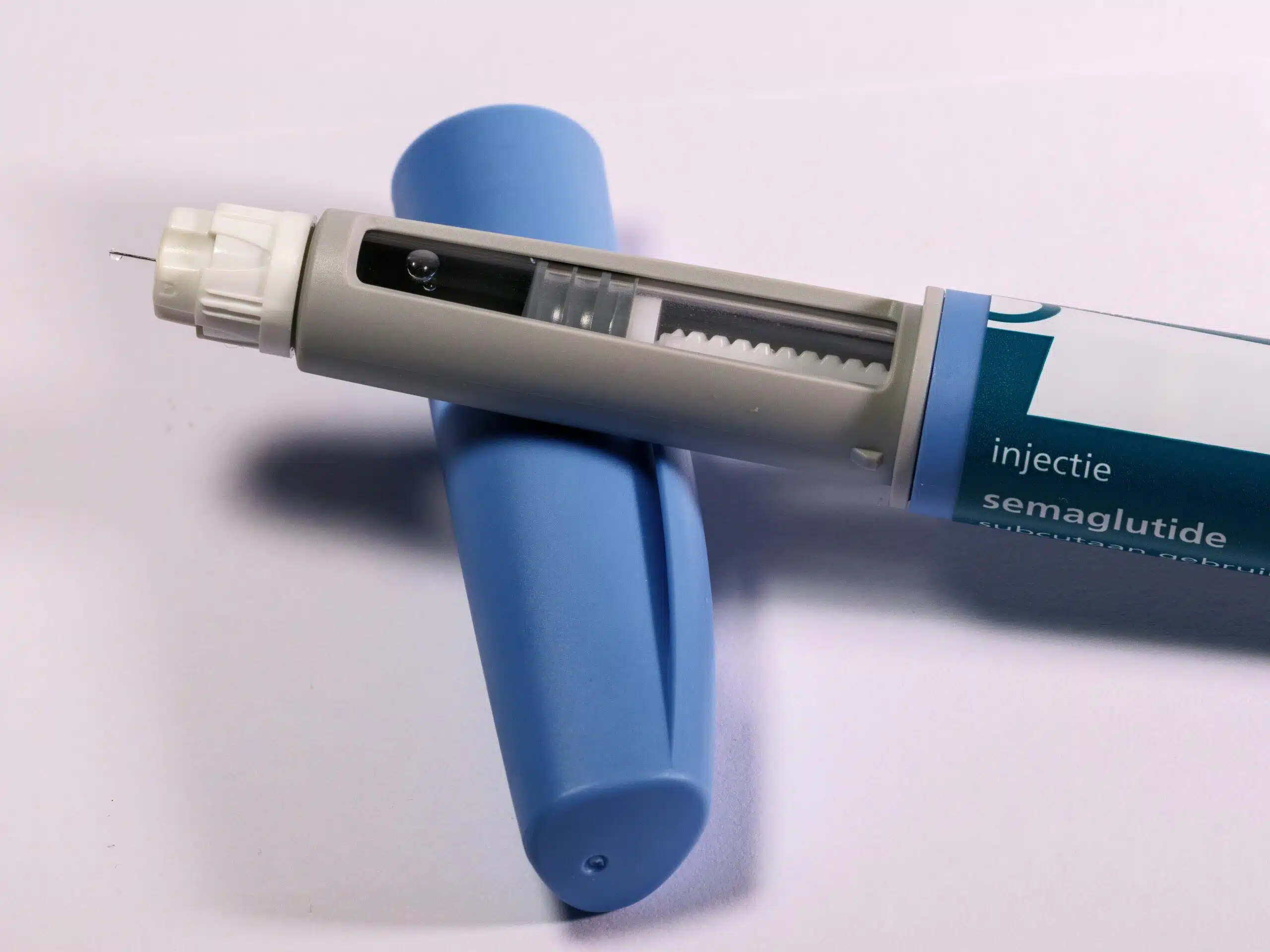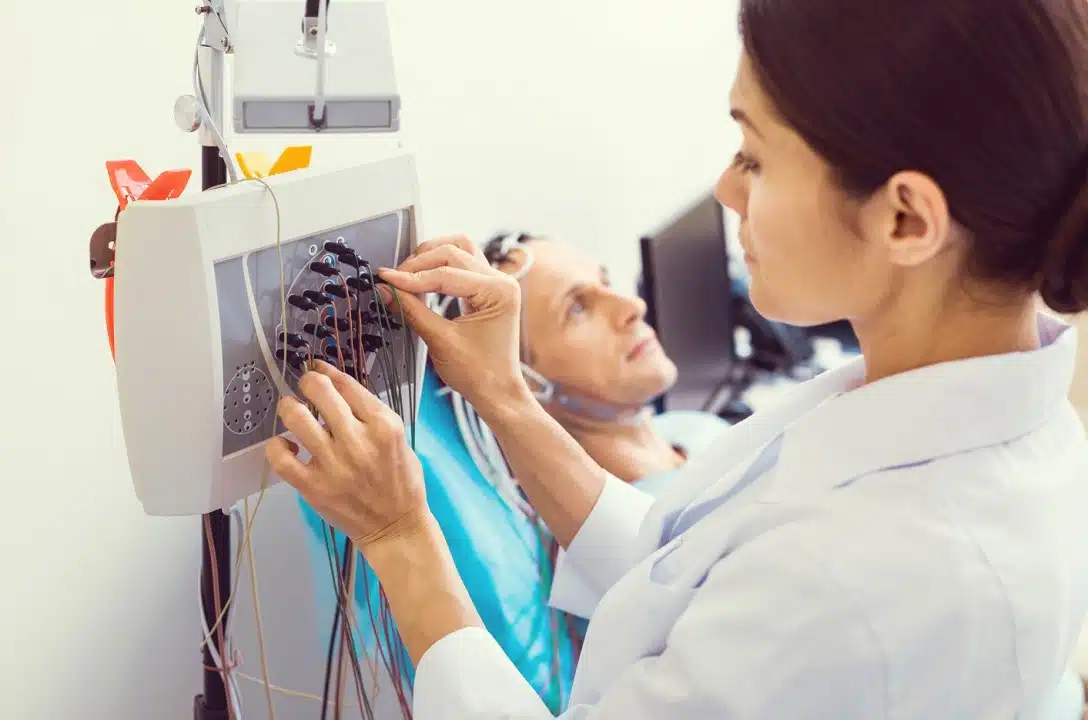Seizure Detection Using Scalp-EEG
June 8, 2018
Scalp electroencephalography (EEG)-based seizure-detection algorithms applied in a clinical setting should detect a broad range of different seizures with high sensitivity and selectivity and should be easy to use with identical parameter settings for all patients. Available algorithms provide sensitivities between 75% and 90%. EEG seizure patterns with short duration, low amplitude, circumscribed focal activity, high frequency, and unusual morphology as well as EEG seizure patterns obscured by artifacts are generally difficult to detect. Therefore, detection algorithms generally perform worse on seizures of extratemporal origin as compared to those of temporal lobe origin.
Specificity (false-positive alarms) varies between 0.1 and 5 per hour. Low false-positive alarm rates are of critical importance for acceptance of algorithms in a clinical setting. Reasons for false-positive alarms include physiological and pathological interictal EEG activities as well as various artifacts. To achieve a stable, reproducible performance (especially concerning specificity), algorithms need to be tested and validated on a large amount of EEG data comprising a complete temporal assessment of all interictal EEG. Patient-specific algorithms can further improve sensitivity and specificity but need parameter adjustments and training for individual patients. Seizure alarm systems need to provide on-line calculation with short detection delays in the order of few seconds.
Scalp-EEG-based seizure detection systems can be helpful in an everyday clinical setting in the epilepsy monitoring unit, but at the current stage cannot replace continuous supervision of patients and complete visual review of the acquired data by specially trained personnel. In an outpatient setting, application of scalp-EEG-based seizure-detection systems is limited because patients won’t tolerate wearing widespread EEG electrode arrays for long periods in everyday life. Recently developed subcutaneous EEG electrodes may offer a solution in this respect.








